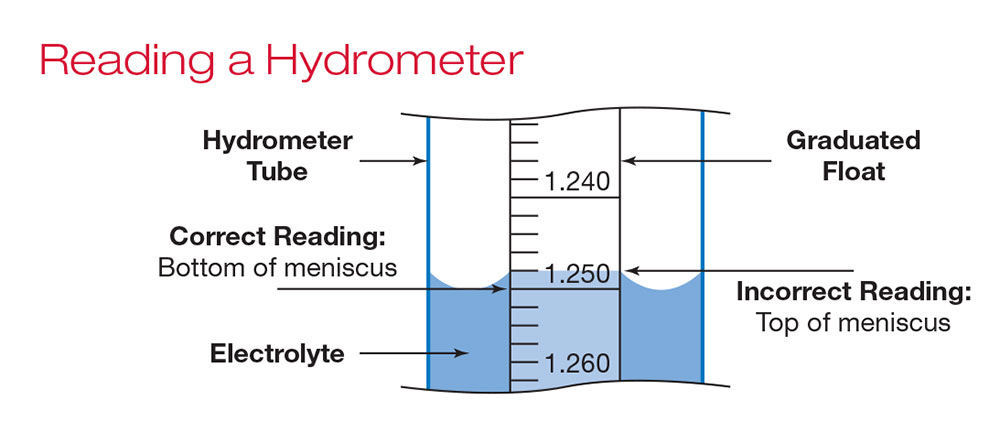I just read about a method for measuring SG that uses a jeweler's scale (which I have). I'm pretty sure this method could be used with hot wort.
http://www.forrestwhitesides.com/node/49
Does anyone know of or see a problem with this approach?
http://www.forrestwhitesides.com/node/49
Does anyone know of or see a problem with this approach?























































![Craft A Brew - Safale S-04 Dry Yeast - Fermentis - English Ale Dry Yeast - For English and American Ales and Hard Apple Ciders - Ingredients for Home Brewing - Beer Making Supplies - [1 Pack]](https://m.media-amazon.com/images/I/41fVGNh6JfL._SL500_.jpg)






